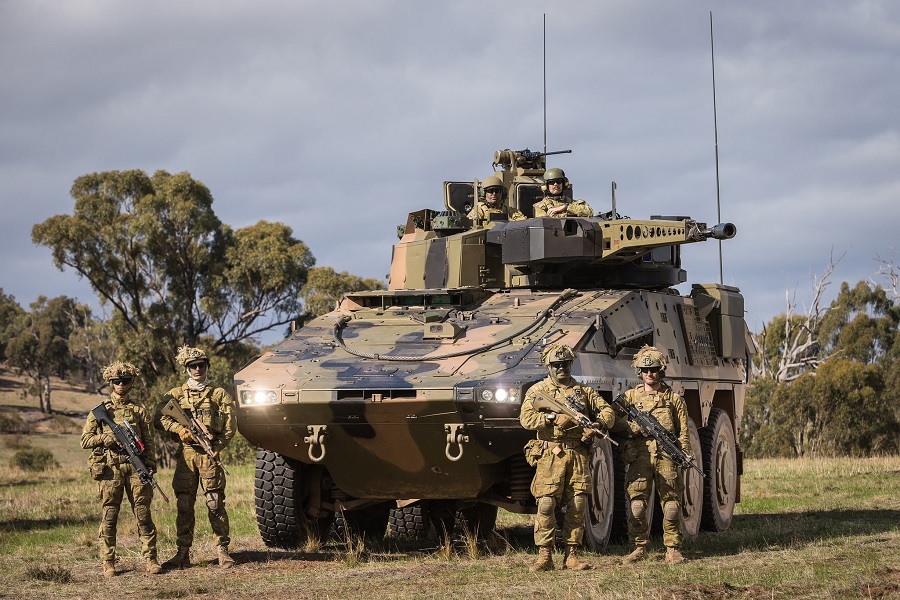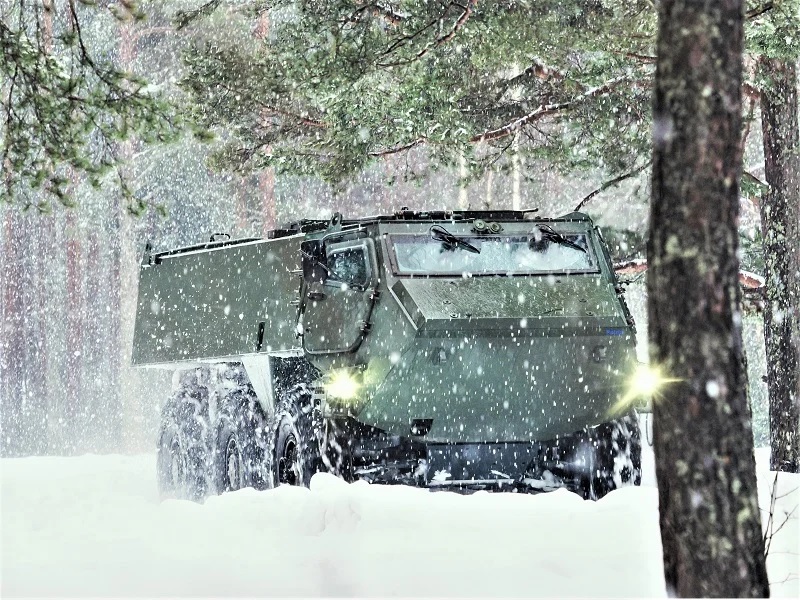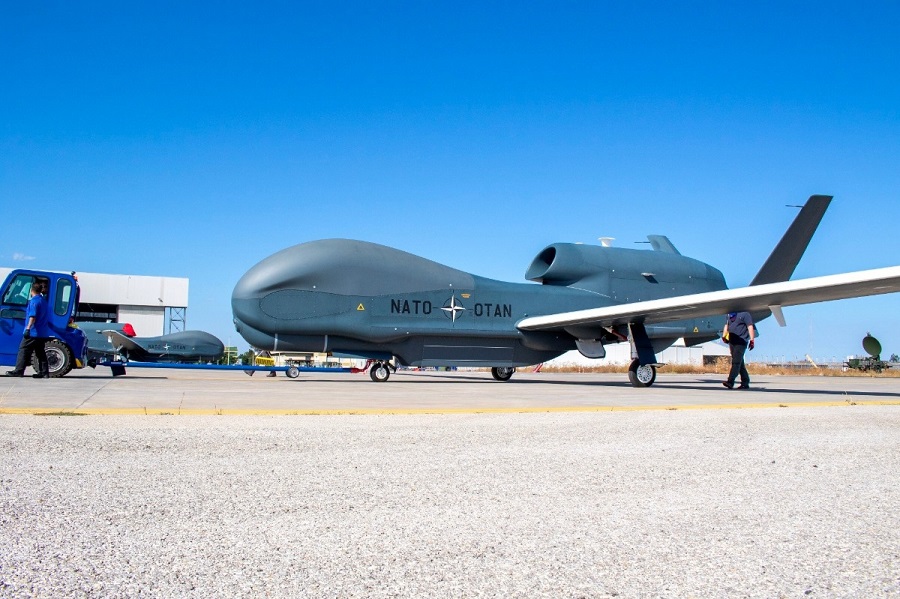From 22 July to 4 August 2023, the multinational exercise Talisman Sabre took place in Australia, with the German military taking part. The exercise included amphibious landings, manoeuvres with ground forces, air exercises and naval operations. Taking part in the exercise in Australia were 170 German Army troops and 40 German naval personnel.
Present in Australia for the exercise and underscoring the importance of German-Australian defence cooperation, Lieutenant General Alfons Mais, supreme commander of the German Army, visited Rheinmetall Defence Australia. Accompanied by Vice Admiral Carsten Stawitzki, chief of the military equipment division in the German ministry of defence, Lieutenant General Mais personally inspected production of the Boxer multirole wheeled armoured vehicle. “This is our message: we want to be a credible and reliable partner. We see Australia as a powerful mainstay in the region”, declares Mais.
Underlying this extensive cooperation is a basic agreement reached between Chancellor Olaf Scholz and Australia’s Prime Minister Anthony Albanese during his visit to Germany in July 2023. A letter of cooperation had already been signed in Canberra on 23 March 2023 by the Australian minister for defence industry, Pat Conroy, and Thomas Hitscher, undersecretary of state in the German ministry of defence, laying the groundwork for closer defence ties.
Following successful conclusion of negotiations, the German Boxer vehicles will be built, utilizing production capacity at Rheinmetall’s state-of-the-art Military Vehicle Centre of Excellence (MILVEHCOE) at Redbank in South East Queensland, alongside the Boxer Combat Reconnaissance Vehicles (CRV) being produced for the Australian Defence Force.
The “schwerer Waffenträger Infanterie” (sWaTrInf, for short) is based on the Australian Army’s Boxer CRV. This is a proven 8×8 combat vehicle equipped with a reconnaissance vehicle mission module including the two-man Lance turret. Its main armament is the Rheinmetall MK30-2 ABM automatic cannon, which also features in the German Puma infantry fighting vehicle. In the long term, the German armed forces intend to procure more than 100 Boxer sWaTrInf to replace the current “Wiesel” (weasel) to serve as a direct tactical fire support platform for its infantry units. Delivery is scheduled to begin in 2025.
In speaking of the potential export order, John Abunassar, head of Rheinmetall’s Vehicle Systems division, noted the commonality between the Australian and proposed German Boxer sWaTrInf vehicles, and the trust placed in Rheinmetall by the two allies: “The German Boxers to be built at MILVEHCOE will be modelled on the Australian Boxer Reconnaissance vehicle variant. The opportunity would be one of the largest Australian defence exports in the nation’s history, and support Rheinmetall’s vision to build and grow Australia’s defence industry capability as well as integrating it into the Group’s global supply chains.”
“Rheinmetall in Australia has more than 900 staff, high-tech skills and an established production plant that includes vehicles, armour and electronics manufacturing at Redbank”, adds Nathan Poyner, managing director of Rheinmetall Defence Australia. “Our Australian and global supply chain will continue to grow, with small- and medium-sized enterprises benefitting as we secure new orders to complement existing export programmes. We welcome the close partnership between Australia and Germany throughout the land vehicle domain as the two nations work together to increase global security.”
News of the letter of cooperation on the German Boxer Heavy Weapon Carrier proposal follows the start of production of Rheinmetall’s Australian Boxer with the “Striking of the Arc” at MILVEHCOE on Monday, 20 March. There, in the presence of Queensland premier Annastacia Palaszczuk, the symbolic first weld was placed for the Australian-made Boxer CRV.
The Boxer vehicle is an advanced, armoured 8×8 vehicle in service with armies around the globe. The Boxer offers enhanced troop safety, security and protection, coupled with high levels of firepower and mobility for sustained operations ranging from peacekeeping to high-intensity combat.
In Australia, Rheinmetall is the largest supplier of military vehicles for the Australia Defence Force. In addition to the 211 Boxer vehicles delivered under the Land 400 Phase 2 project – 133 of which are the CRV variant with the manned Lance turret – the company also services the Australian armed forces’ HX fleet, which comprises over 2,900 vehicles.

























